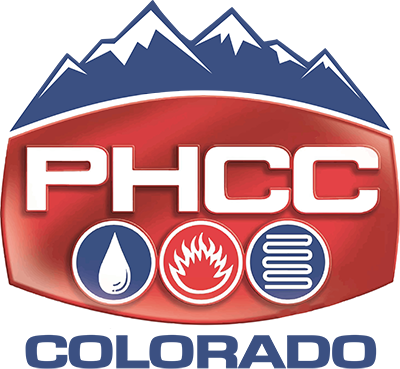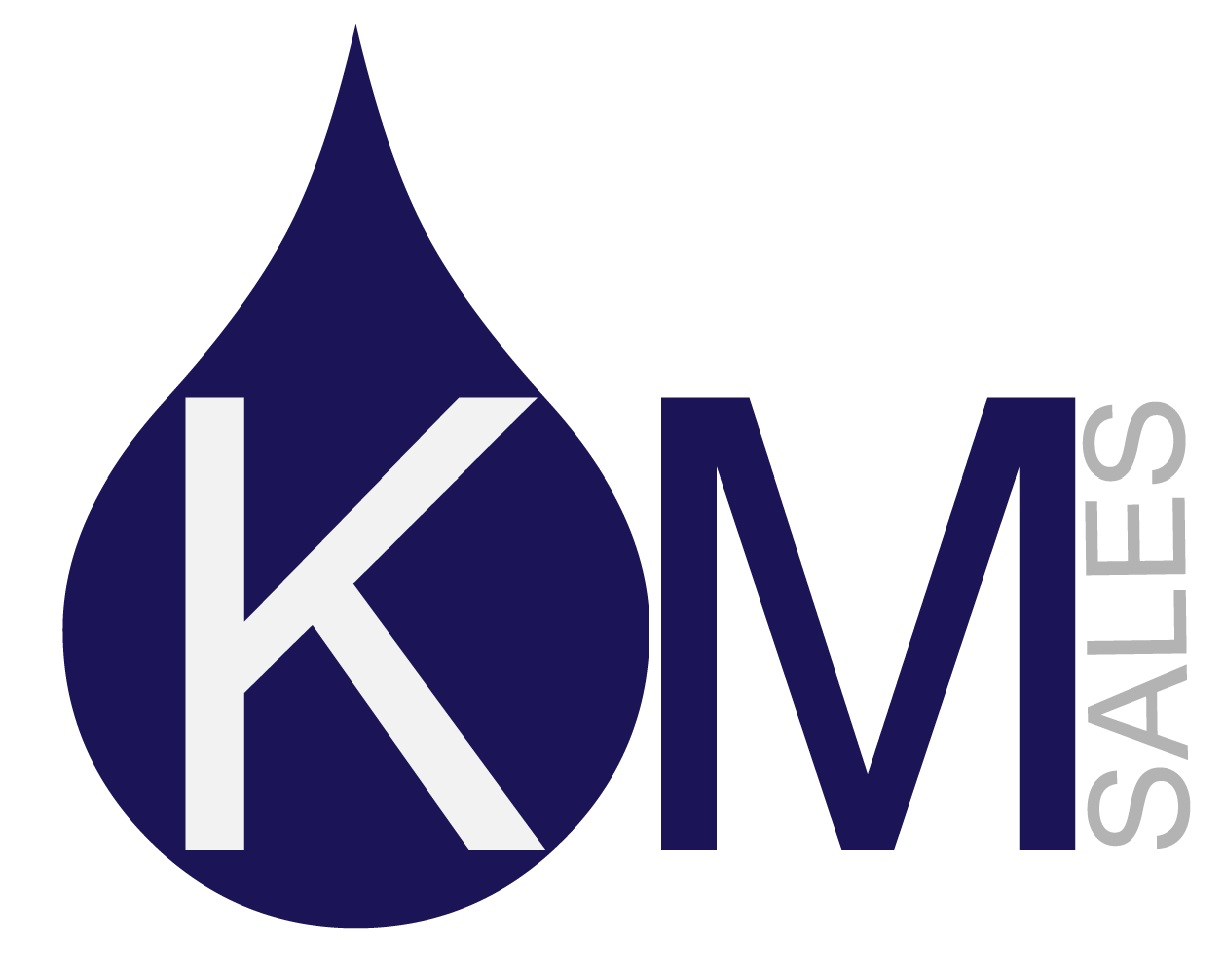Federated Insurance January Risk Management Corner: The Unhappy Reality of Slip and Fall AccidentsPosted on January 12, 2018 Although it varies by industry, claims made by businesses for slip and fall accidents account for more than 20 percent of general liability claims each year, and have an average payout of more than $20,000. Every business has the potential to experience these incidents, but the retail and commercial industries are often prime targets for slips and falls, most likely due in part to their frequent interaction with the public. Likewise, certain times of the year also seem more prone to slip and fall incidents, such as colder months and the autumn and winter holidays. The causes definitely vary, but three particular circumstances commonly increase a business’s risk. One area of increased risk is simply more traffic. Regardless of the reason, more traffic naturally points to a greater chance for mishaps. Add other distractions such as point of sale displays, store demonstrations, or any other typical “shopping” distraction, and the risk increases. To reduce this risk, you would need to reduce foot traffic, and what business owner wants to do that? A more acceptable alternative is to emphasize the importance of regular facility inspections, on-going housekeeping, and sound maintenance practices. Next is seasonal weather. Depending on your store’s location, rain and winter’s sleet, ice, and snow can significantly impact slip and fall frequency. Couple this with customers who may not be wearing appropriate footwear for the conditions, and your risk increases. Businesses should implement policies to keep walkways, driveways, and customer parking areas clear of ice and snow accumulation.
Keeping employees aware of and on the lookout for these increased weather-related risks is critical to slip and fall prevention—inside and out. And last, but certainly not least, is fraud. The winter holidays in particular are prime time for fraudsters. The reasons are as varied as the people involved, but often they stem from an increased need for money, or even simply taking advantage when larger crowds or weather conditions present an opportunity. Fraud can be hard to detect and prove, but being aware of fraud indicators, keeping video surveillance footage, and documenting your housekeeping details (e.g., When was ice melt laid? When was the floor mopped?) can be valuable for helping to combat fraud. Slip and fall incidents and their root causes can be obvious (an icy sidewalk), or not so obvious (a “staged” fall for fraudulent purposes). In other words, business owners need to be ready for all conditions. Look at your business through the eyes of a customer, paying special attention to the three common causes discussed here. They show what your business could be exposed to, and the preventable situations you can remedy to help you avoid an insurance claim. For more information on slip and fall prevention, contact your local Federated marketing representative. |

